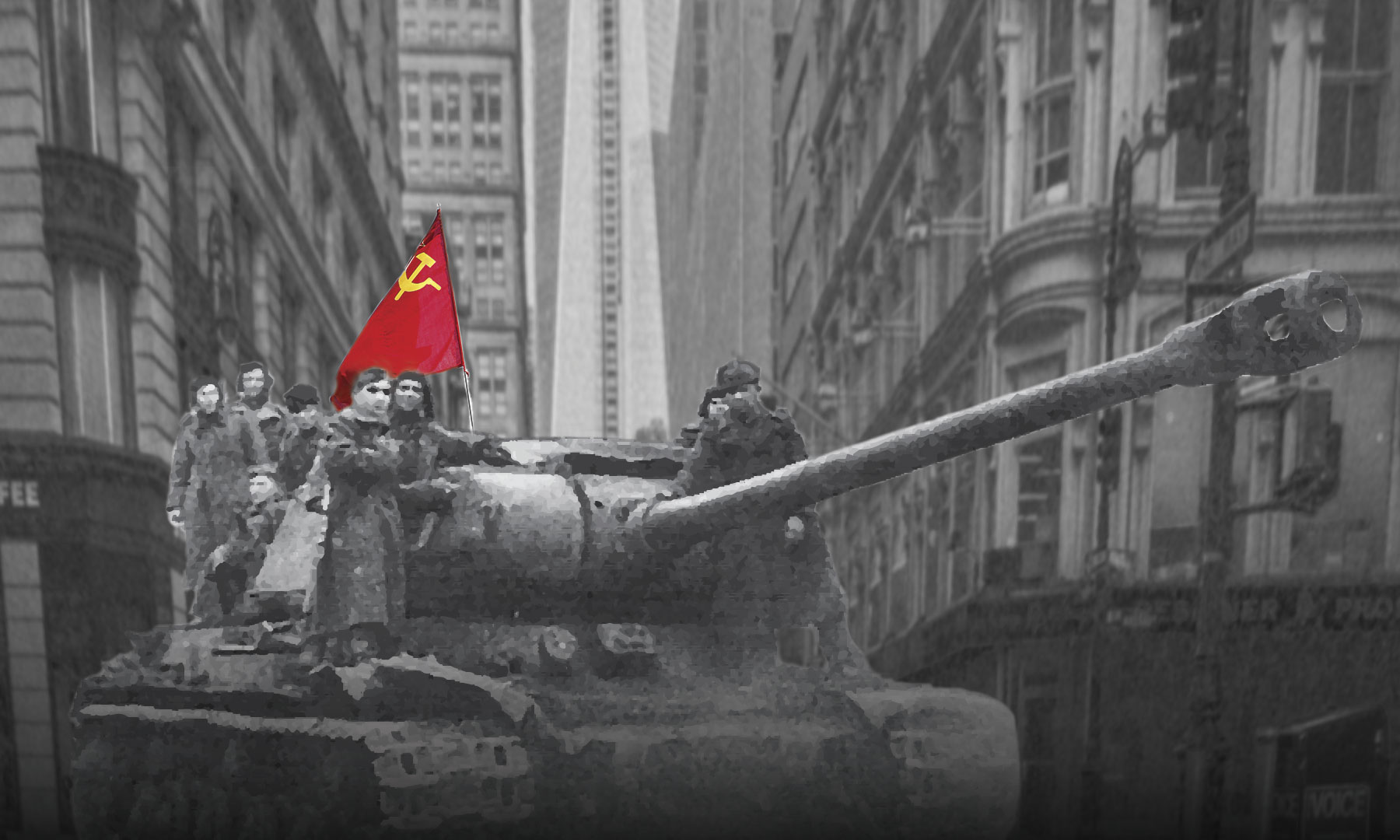Edwin McMillian and Glenn Seaborg had discovered element 93, named neptunium, in 1940 at the University of California, Berkeley and Seaborg continued researching after McMillan was persuaded to leave to do research in radar technology. Seaborg and his collaborators found that neptunium underwent beta decay to form element 94 that, as mentioned previously, Seaborg named plutonium in February 1941. Research on the new element determined that plutonium 239 was fissile, and plutonium’s role in the quest for developing a weapon began. Seaborg began the task of determining how plutonium could be separated from the uranium at the University of Chicago, and the foundation began to be developed for the technology used in the giant chemical separation facilities that would eventually be built at Hanford.
Early evaluations during the Manhattan Project involved considering whether a chain reaction could be controlled, and that was proven with Fermi’s pile. Next was whether it would be possible to separate plutonium chemically from the other materials. The next task was to determine what could be achieved with an atomic chain reaction using either U235 or plutonium. The objective began to be to prepare plans for the large-scale production of plutonium and its use for bombs. To say there was sufficient war-time urgency to make courageous decisions based on flimsy technical information would be a gross understatement. The project leaders decided that they couldn’t wait for a chain reaction to be achieved before studying the chemistry of plutonium. They predicted that plutonium could be separated and went ahead with the formulation of plans for its production. They modified their weekly plans based on limited information.
Groves decided not to build the reactors to produce plutonium at Oak Ridge. He observed, “while I felt that the possibility of serious danger was small, we could not be absolutely sure; no one knew what might happen, if anything, when a chain reaction was attempted in a large reactor. If because of some unknown and unanticipated factor a reactor were to explode and throw great quantities of highly radioactive materials into the atmosphere when the wind was blowing toward Knoxville, the loss of life and damage to health in the area might be catastrophic.” Groves worried that such an accident would “eliminate all semblance of security of the project and render the electromagnetic and gaseous diffusion plants inoperable.”
Selection of the Hanford site to build inventories of plutonium did not come quickly. Numerous areas of the Western United States ranging from Washington State to the Mexican border were considered. A reconnaissance party reported they were enthusiastic about the Hanford area. The Secretary of War subsequently issued a formal directive to authorize acquisition of the necessary land on February 8, 1943. “The Hanford site was one of the largest U.S. government procurements of land handled during the war, or at any other time. The total acreage taken was something less than half-million acres.” Conflicts about the value of the land began between the government and landowners. The first DuPont employee, an engineer named Les Grogan, arrived in Hanford before the courts decided on final prices for the land.
Groves had actively recruited DuPont to manage the Hanford facility, but company officials protested the company was experienced in chemistry and not physics. Groves explained to Walter Carpenter Jr., president of DuPont, that the project had been given the highest urgency by the president and secretary of war. Groves later made a presentation to the DuPont executive committee including warnings about the dangers. The committee reacted by reminding of their inexperience in physics and nuclear physics. They explained how many years it had taken them to get nylon into mass production despite the fact that nylon production was simple and safe. Regardless, they did not feel they could refuse. They told Groves they would have to obtain approval from the board of directors. Some DuPont employees spent three days at the Chicago Laboratory prior to the meeting of the board and submitted a report about the uncertainty and dangers of everything involved.
